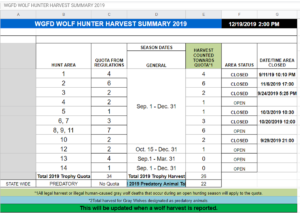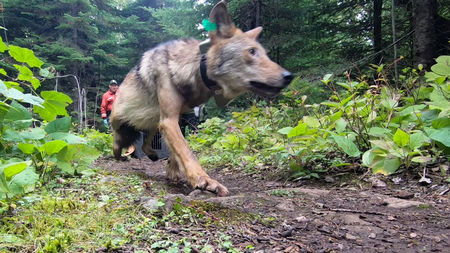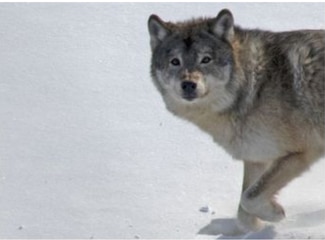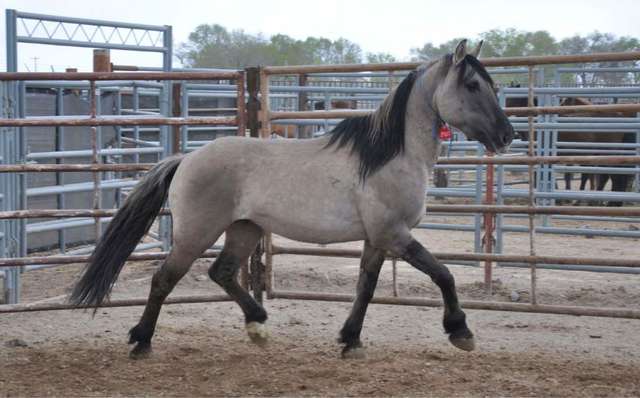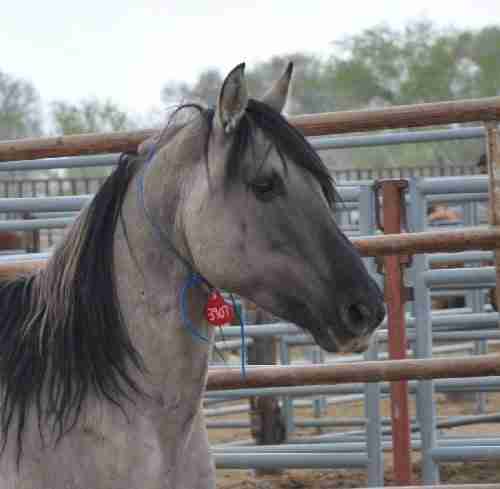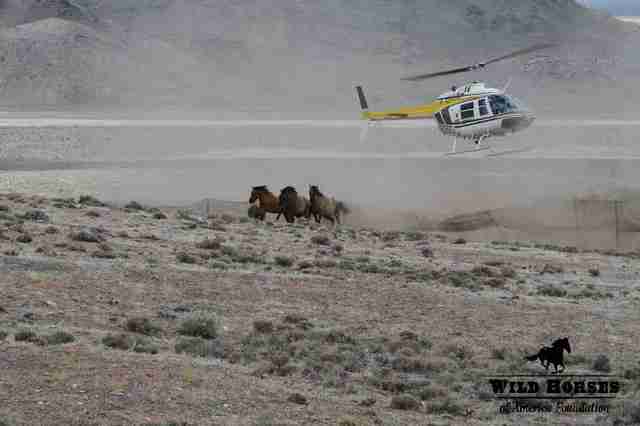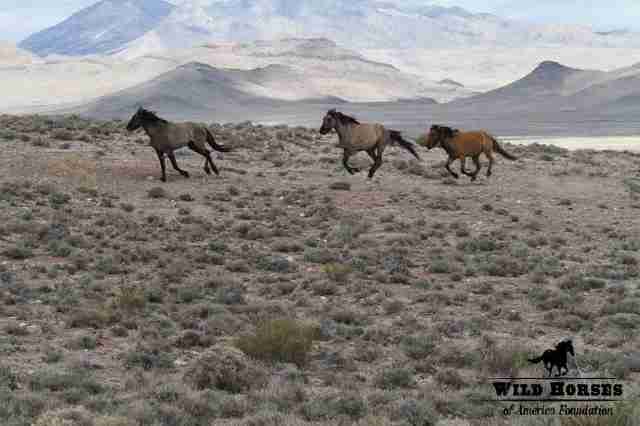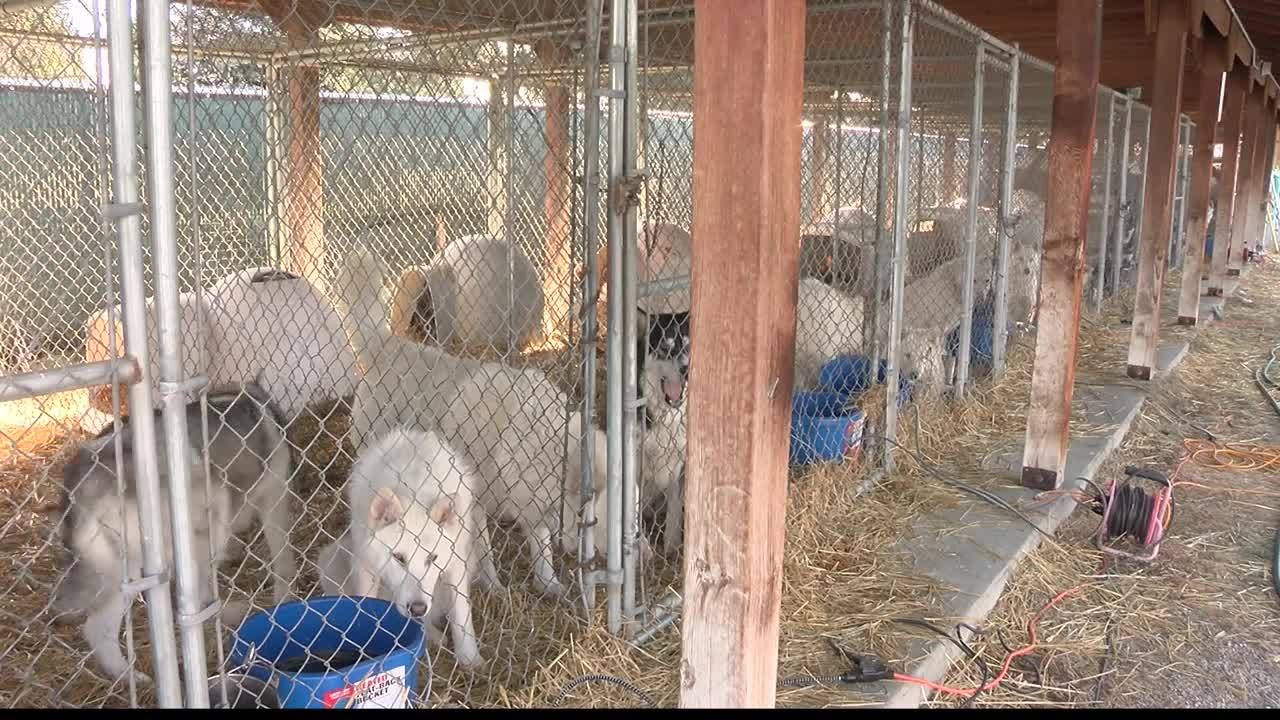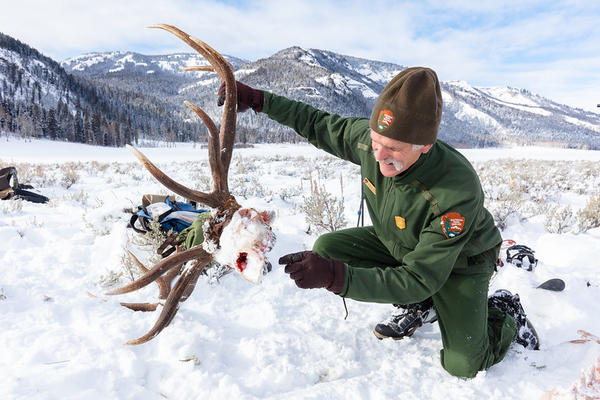
The Sierra Club Chooses Killers over Advocates for Life and Nature By Paul Watson
The Sierra Club Chooses Killers over Advocates for Life and Nature By Paul Watson
My resignation from the Sierra Club received more letters of support for condemning hunting than criticisms and this was to be expected considering that more than 80% of Sierra Club members do not hunt.
Of the few who were critical of my anti-hunting position, they reportedly took offense to my remarks as being anti-hunting(of course they were) and they insisted that hunters were a strong conservation lobby and thus essential to protecting wildlife and wildlife habitats.
I probably should have been more definitive of my position. Instead of stating that I was anti-hunting or opposed to hunters, I should have said that I am anti-killing and opposed to killers.
The choice is really between endorsing the infliction of pain, suffering and death or opposing the infliction of pain, suffering and death.
Pro-killers will say that those people like me who are opposed to killing are alienated urbanities, of the privileged class, and insensitive to the traditional rationale that supports hunting.
That argument does not work with me because I was raised as the eldest of seven children by a single mother in a small fishing village in a rural area of Eastern Canada. My father was abusive and he was a hunter.
I have spent a large part of my life in third world nations and on the ocean. I oppose the killing of wildlife not because I am alienated from nature but because I happen to believe that you can’t love or respect nature with a gun.
I walked the trap lines in the Eastern bush as a child. I walked them to free captive animals from leg hold traps and to destroy the traps. I destroyed hundreds of these vicious contraptions between the ages of 11 and 18.
I have seen the suffering. In Kenya I watched a mother elephant literally weep for the loss of her calf. In Michigan I witnessed a Canada goose sit for days without eating beside the body of its mate who had been shot and not recovered. In Alaska I saw a Grizzly cub sitting confused beside the skinned body of its mother who was killed only for her hide. In the Yukon, I followed a trail of blood for over a mile to discover an aerial gut-shot wolf staring at me in fear and bewilderment.
What I have observed in the wild is suffering. It was plainly evident and I felt remorse for the arrogance of our species for justifying the taking of lives for sport, for enjoyment, for fun, and for pleasure.
In Zimbabwe I spent time with big game hunters, some of whom reluctantly led rich trophy hunters into the bush because they had lost their jobs as rangers and President Mugabe had ruled that unless wildlife made money the animals would be eliminated. These hunters described most of their clients as slob hunters, arrogant and ignorant and expressed their shame at being forced to participate in the murder business.
I was amazed to discover that a Texan accountant had won a prize from the Boone and Crocket Club for bagging a trophy whitetail deer and then he was exposed when it was discovered that the rack of an animal stolen from a taxidermist in Alberta had been surgically grafted onto a smaller animal on a game farm in Mexico where they flushed it out from cover into the sights of the great hunter’s rifle.
It was John Muir, the founder of the Sierra Club who first described hunting as the murder business.
In a few places in the world people hunt for survival. In the past, people were forced to hunt for survival. The constituency the Sierra Club is now courting through its killer outreach program are not people who have a need to hunt for survival.
They are people who spend more money on weaponry, travel and related expenses than the value of the meat they obtain. It is not the meat they are after but the thrill of the kill.
Dick Cheney, when not shooting lawyers, describes how he loves to see the ducks tumble from the sky. I’ve heard hunters describe how pulling the trigger gives them an erection.
These are men who slaughter for pleasure. I call them perverse death deviants and I have no apologies for labeling them as such. Killing for pleasure is a sickness, no different than child molestation or rape.
There is no sport in killing an animal from a distance with a sophisticated tool designed to inflict death. The name sportsman implies that there is a fair contest. There is nothing fair about being ripped apart by high powered bullets.
Hunters target the biggest, the strongest and the best of the species they pursue. This is behavior outside the laws of ecology. It is unnatural predation and certainly cannot be condoned by credible conservationists.
Hunters defend their perverse desire to extinguish life by saying it is traditional. Unfortunately many barbaric practices are traditional. However, modern day hunting bears little relation to so called traditional hunting. Hunters today are more akin to those who eradicated the bison and took only the tongues.
Hunters were responsible for the extinction of the Labrador duck, the Passenger Pigeon, the Eastern Bison, the Plains Wolf and the extirpation of the Grizzly from most of the lower 48 states. They were not only killers they were involved in the act of specicide, the complete eradication of entire species. This was not conservation.
Hunters cite Theodore Roosevelt as a big game hunter who was also a conservationist. This is true, he was both. He lived in a time when killing for pleasure was accepted but it was also a time when racism was accepted as normal and it was considered abnormal for women to have any rights, especially the right to vote. Roosevelt did set aside land to conserve much in the same way that the British aristocracy set aside land as exclusive hunting preserves to keep out the lower classes.
The Sierra Club is spending hundreds of thousands of dollars to reach out to invite killers to join the Club. The leadership of the Club believes that the over 80% of Club members who don’t take pleasure from killing must be tolerant of the less than 20% who do. They want to bring in more killers into the Club.
There is a big difference between hunting and killing. Photographers and film makers can hunt wildlife. It actually takes more skill to hunt a Mountain sheep with a camera than with a rifle. Any nimrod can pull a trigger and send a high velocity bullet unexpectedly into living tissue to shatter organs and induce shock. The photographer brings back nobility, a creature caught in its natural habitat in harmony with the world around it.
The killer watches his victim tumble from the air or crash to the ground as it chokes and gurgles on its own life blood. The photographer brings back life. The hunter brings back death.
I have been a hunter myself. I’ve never killed anything but I have stalked and hunted human poachers. I have destroyed their ships, their rifles, their nets, their longlines and their harpoons. I have snatched clubs from the bloody hands of sealers and defended myself from their attacks. My form of hunting is much fairer and gutsier than these killers who prey upon their unsuspecting and innocent victims. I target the guilty not the innocent.
Once I trekked with Kenyan rangers across the plains of Tsavo on the track of poachers. We followed their trail of elephant carcasses rotting on the ground with only their tusks removed. We found the criminals. They fired on us and killed one of our rangers. We did not kill them. We wounded two and arrested seven. They were armed with AK-47 rifles and our rangers were armed with British Enfield 303’s. We were up against a superior foe and we beat them. It was not sport. It was not fun. It was dangerous and necessary work and the objective was to save lives, not to extinguish lives.
That is the only kind of hunting that makes sense today in a world with a human population approaching seven billion. If every American exercised their right to kill, the ducks, geese, quail, elk, deer and other creatures would disappear quite quickly. There are simply to many of us and not very many of them.
It can hardly be an egalitarian sport if only a minority of citizens can realistically participate. Instead of encouraging hunting, groups like the Sierra Club should be discouraging the number of hunters. The nation and the world needs fewer killers of wildlife, not more.
In Europe over a hundred million songbirds are gunned down every year. Elephant populations have been reduced by 70% in East Africa since I worked on poaching patrols there in 1978. World fisheries are in a state of collapse. Wildlife is getter scarcer and there is more need now than ever for protection.
Why can’t we protect wetlands simply because wetlands need to be protected? Why is there this demand that killers are needed to help protect wetlands simply because they want to slaughter ducks? Canada geese mate for life. Shouldn’t it bother us that we shatter tens of thousands of these relationships every year? Why should we tolerate the accumulation of lead and steel shot in the marshes and estuaries? Why should we tolerate the legal murder of human beings that we label as hunting accidents, especially when the victim is a non-killer, perhaps a child some nimrod has mistaken for a deer.
The son of Sigmund Freud was walking on his own property in Quebec when a hunter shot and killed him. The killer was found not guilty because the death was ruled an accident.
When a stranger can kill you on your own land and get away with it, it demonstrates that our tolerance for this legal killing has gone over the top of acceptability.
One killer wrote me to say that my radical anti-hunting ideas were unacceptable for a member of the Board of the Sierra Club. When did opposition to killing, to the taking of life, to the extinguishment of a living creature, to the wasting of a sentient being become a radical idea?
Sometimes I think we live in such a bizarre world where advocates for life are considered radical and proponents of death are considered normal, where violence is considered acceptable and non-violence is dismissed as unpatriotic or cowardly.
Few killers question the morality of their actions. Once you have reached a stage where you can inflict cruelty and death, thoughts of morality, empathy and respect have long since vanished.
For if a killer of a deer could feel the pain and anguish of his victim or see the fawn starve because of a mother that did not return they would have little appetite for the meat.
Humans who have crossed the line into dealing death and inflicting misery have become alienated from the wonderment of life and no longer see or appreciate the magic of being alive.
Life is to be cherished, protected, defended and championed, not to be wantonly and cruelly destroyed, and certainly not for so frail an excuse as pleasure or sport.
This essay may be freely distributed and published.
Captain Paul Watson
Founder and President of the Sea Shepherd Conservation Society (1977-
Co-Founder – The Greenpeace Foundation (1972)
Co-Founder – Greenpeace International (1979)
Director of the Sierra Club USA (2003-2006)
Director – The Farley Mowat Institute
Director – www.harpseals.org
Whom when I asked from what place he came,
And how he hight, himselfe he did ycleepe,
The Shepheard of the Ocean by Name,
And said he came far from
the main-sea deepe.
– Edmund Spenser
A.C.E. 1590
“ECO-PIRATE: THE STORY OF PAUL WATSON” is a feature-length documentary about a man on a mission to save the planet and its oceans. Currently being screened at the prestigious Cannes Film Festival to wide acclaim, this documentary is the first of it’s kind to follow the life of Captain Paul Watson’s tireless battle to save our oceans. Do not miss this film!
Source: The Sierra Club Chooses Killers over Advocates for Life and Nature By Paul Watson AELLA https://protectthewolves.com/the-sierra-club-chooses-killers-over-advocates-for-life-and-nature-by-paul-watson/

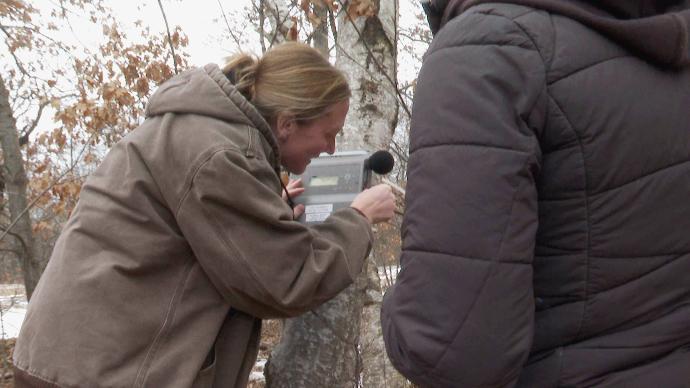
 @JayInslee @seattletimes
@JayInslee @seattletimes 

 WDFW needs to Man Up... We get Threats almost Daily from people that would rather kill than protect the ecosystem.
WDFW needs to Man Up... We get Threats almost Daily from people that would rather kill than protect the ecosystem.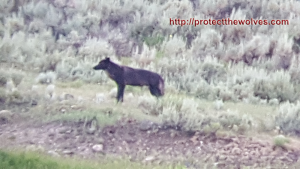 Junction Butte Yearling Female 2016[/caption]
Junction Butte Yearling Female 2016[/caption]